Via Annick

|
Rescooped by
Catherine Smyth
from HSIE CCS2.1 Aboriginal resistance to the establishment of a British colony
onto Primary history- First Contacts April 17, 2015 11:38 PM
|


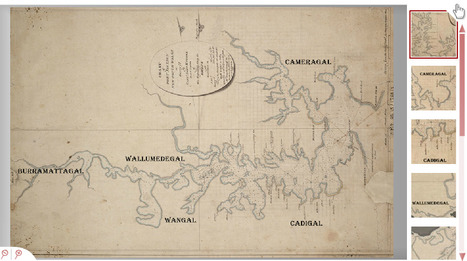


 Your new post is loading...
Your new post is loading...

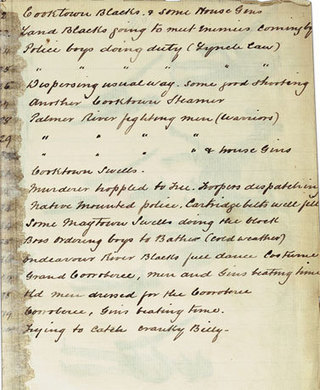



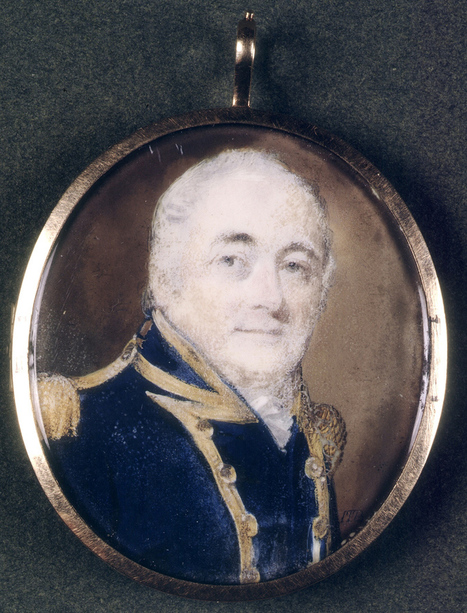


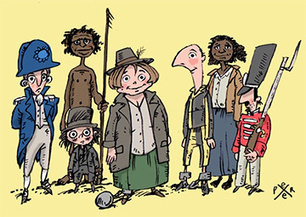









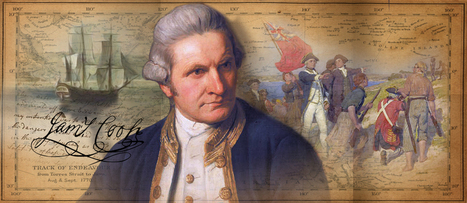
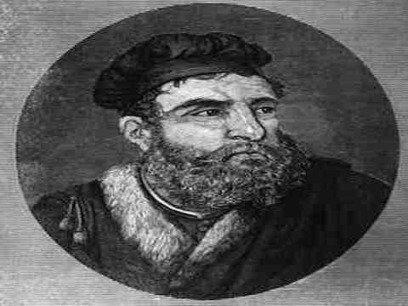



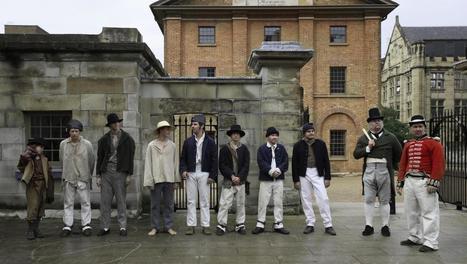










This chart of Port Jackson NSW as surveyed by Capt.John hunter in 1788, documents the Eora clan territories from a range of sources and records kept by English colonists. This resource can be used in the classroom to help students “investigate the local area to identify the peoples who originally lived there and those who live there now” which is a key indicator of CCS2.1 ‘Significant Events and People’ (Board of Studies, 2006, p.23). It should be highlighted that this map was not created by the Eora people but through multiple British sources for the purpose of representing the territories of the Aboriginal communities that lived there in 1788. It should also be recognised that even today cartographers still struggle to map Aboriginal linguistic and land boundaries especially since over time Aboriginal people have been displaced and knowledge of boundaries have been lost (Kohen, 1995, p.32).
Consulting with Aboriginal Communities
Prior to teaching Aboriginal content, it is important to first consult with your local Aboriginal community first to understand “the views and knowledge of Aboriginal people in order to develop, implement and evaluate the way Aboriginal studies and perspectives will be taught” (Board of Studies, 2008, p.4). This resource should only be used with guidance from local Aboriginal communities or after consultation with the AECG http://www.aecg.nsw.edu.au/.
Lesson Integration
The Eora map could be compared to a current map of greater Sydney, such as this one: http://www.environment.nsw.gov.au/images/grants/cmsydhbrdec051000.gif. The Eora map could be printed multiple times and cut up based on different community territories. Different territories could be given to half of the class, whilst the other half would be given the current map of Sydney. The aim of the activity would be to work together to identify the Eora territories on the most current map of Sydney by marking it out and writing the names of the Eora clans on the new map. The purpose of this task is for students to recognise the traditional owners of the land and to identify local places in terms of its significance to the Eora people. A discussion surrounding the findings and significance of these places should follow.
References
- Board of Studies Syllabus, NSW (2006).Human Society and Its Environment K-6 Syllabus. Sydney:
B.O.S. Retrieved from http://k6.boardofstudies.nsw.edu.au/wps/portal/go/hsie
- Board of Studies.(2008). Working with Aboriginal Communities: A guide to community consultation and protocols. Retrieved from http://ab-ed.boardofstudies.nsw.edu.au/files/working-with-aboriginal-communities.pdf
- Kohen, J. L. (1995). Mapping Aboriginal linguistic and clan boundaries in the Sydney region. Globe, The, (41), 32 – 39.